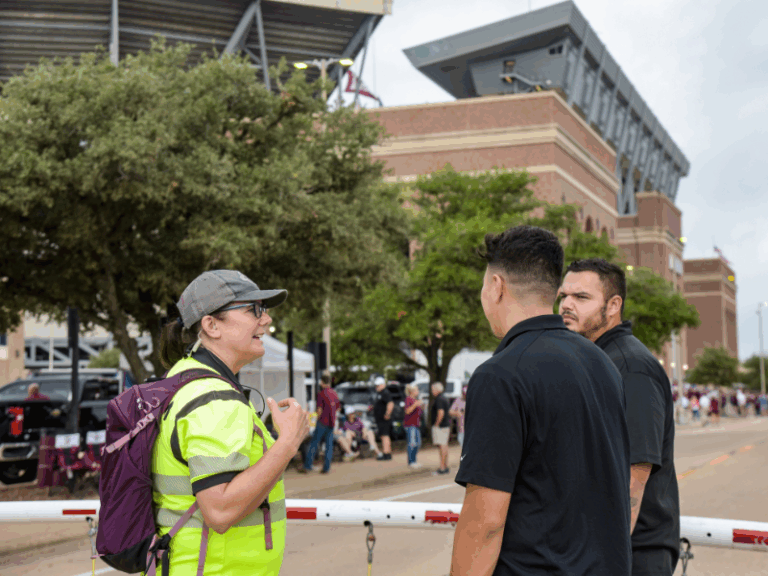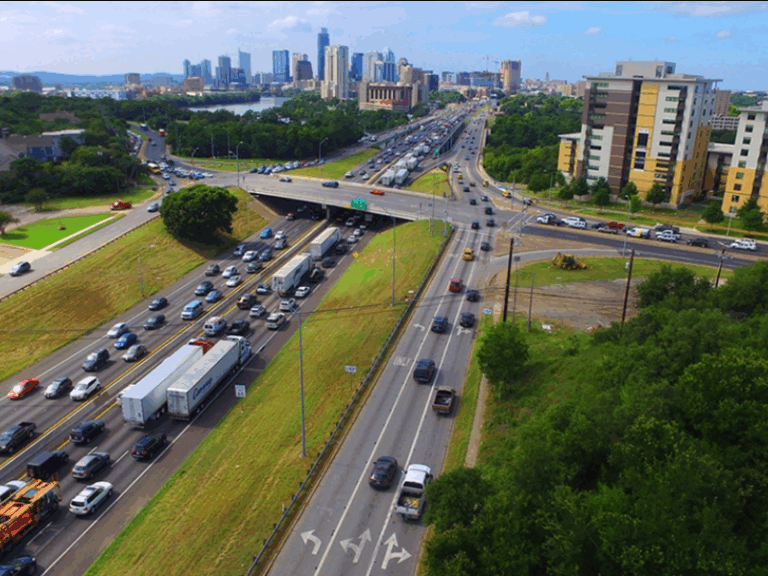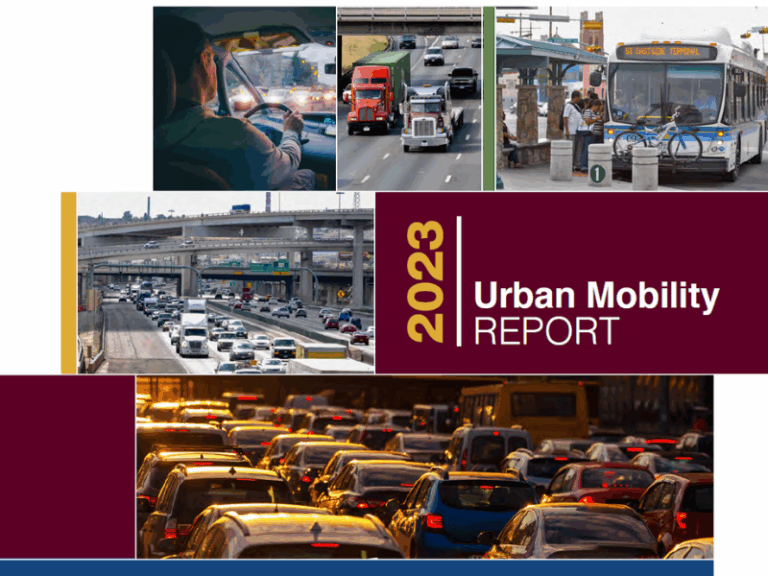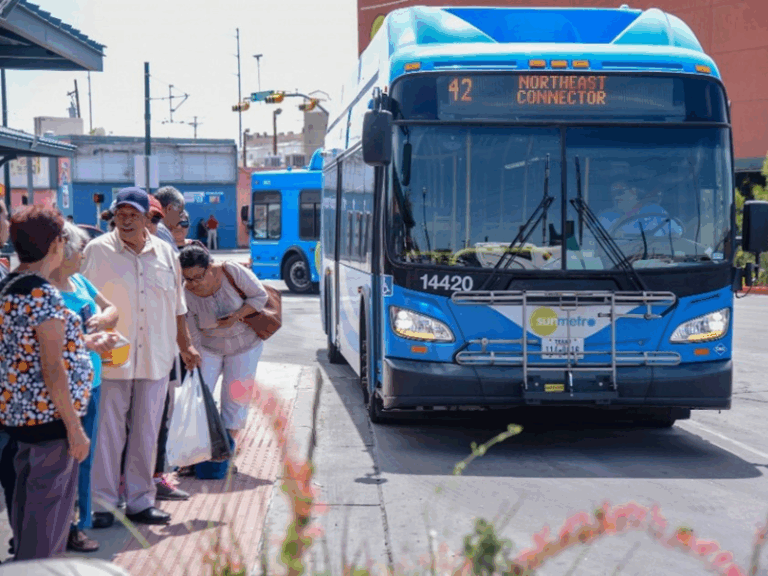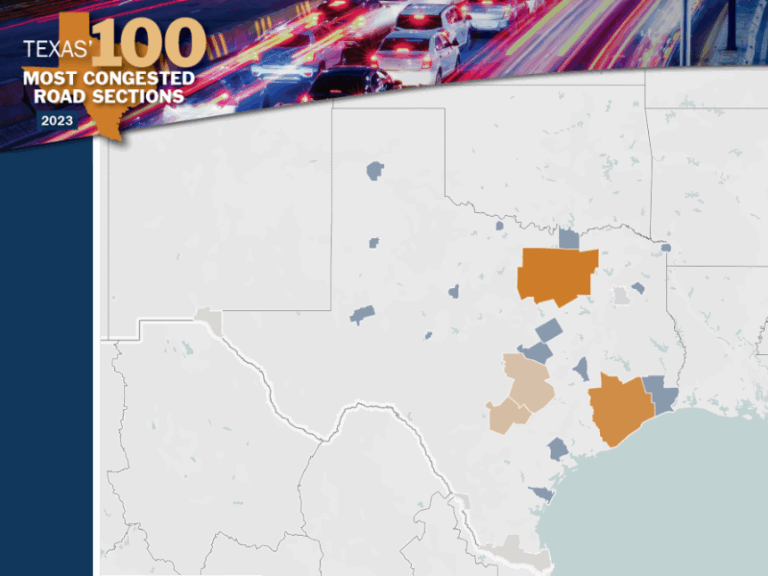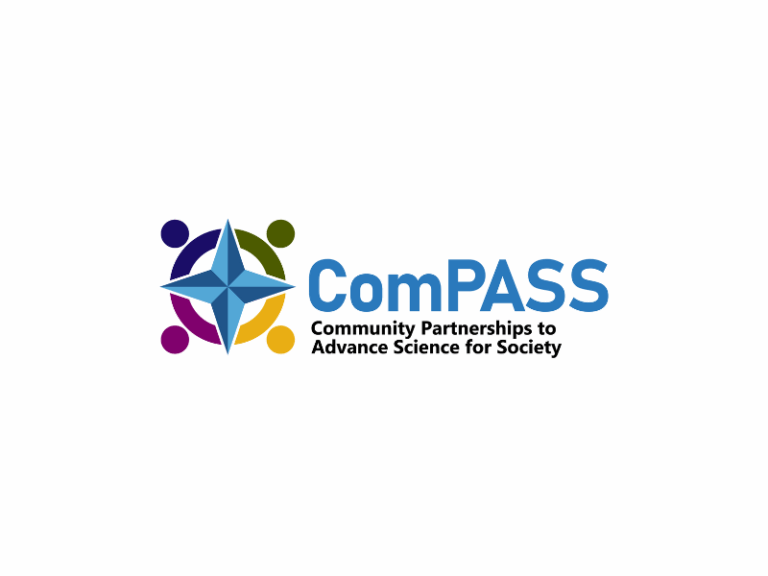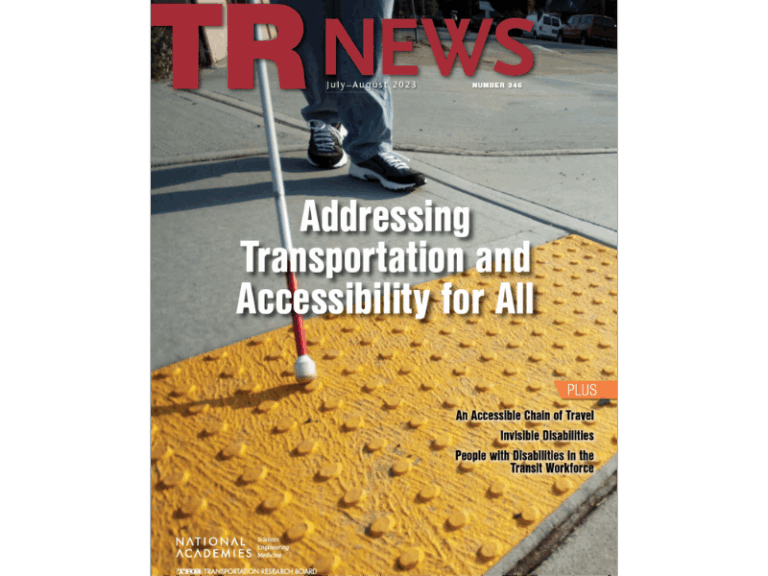TTI’s Debbie Albert Shares Traffic Tips to Navigate the NCAA Men’s Final Four
The excitement is building as San Antonio gears up to host the 2025 NCAA Men’s Final Four, alongside a packed schedule of events, including live music, tailgates and parades. With an influx of visitors, expect increased traffic around the Alamodome and downtown throughout the event. TTI Research Engineer and Community Coordination Program Manager Debbie Albert shares expert tips to make your trip a smooth and stress-free experience.


